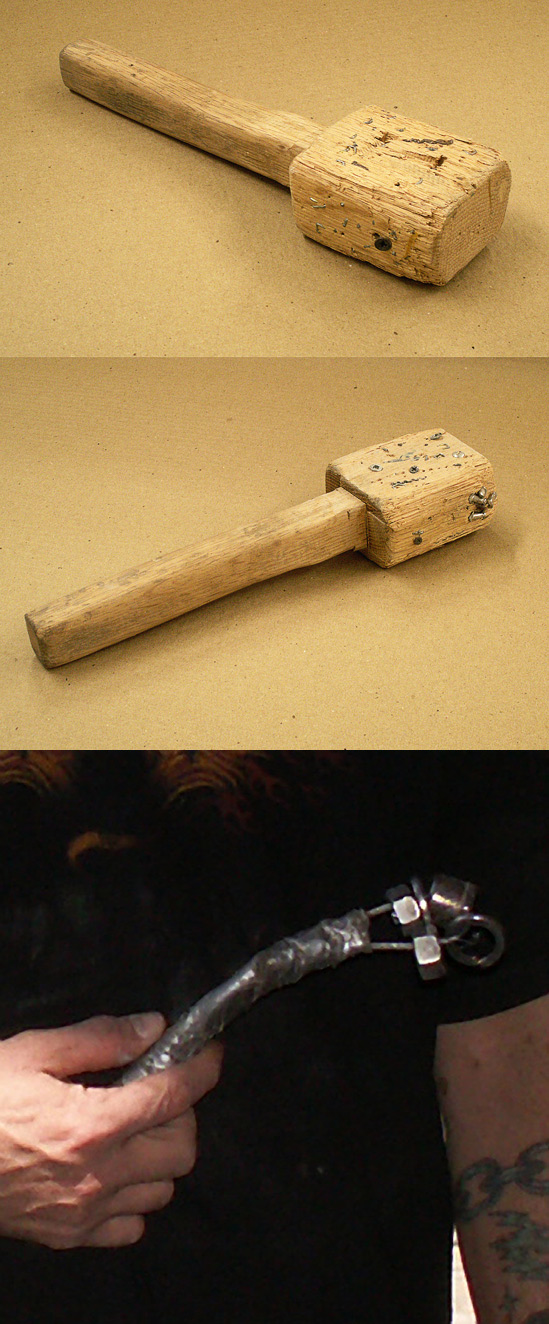Sealers for Water-Borne Finishes
Finishers discuss de-waxed shellac and other sealers that work well under water-borne finishes. June 10, 2006
Question
I was wondering if anyone uses a sealer before spraying waterborne lacquer. I am in the process of switching over and need all the help I can get.
Forum Responses
(Finishing Forum)
From contributor B:
I strictly use WB's in my operations. Depending on the project being finished, I will choose from a variety of sealers, ranging from conventional water-based acrylic sanding sealers, to alcohol-cut dewaxed shellac and solvent-based vinyl sealers. There is also a new water-cut dewaxed shellac on the market that really helps my WB's lay out well. I have found that vinyl sealers work very well with WB topcoats - I get the rich color I need for mahogany jobs and it controls pinholes very well. But on some mahogany and teak jobs, I will use dewaxed shellac, then move to my Target topcoats. Shellac gives me the nice tight finish that some clients like, whereas vinyl helps me get the fuller fill and build that my yacht restoration customers demand. Regardless of the sealer, I am now 100% WB for topcoats.
From contributor S:
If you have switched to water base coatings, stick with self seal or WB sealers as well. I'm sure you're trying to get away from solvent systems.
From contributor T:
Exactly. I am trying to get away from solvent. Can you recommend me a good WB sealer and topcoat?
From contributor B:
Target Coatings manufactures 3 different WB sealers, each designed for different types of fill and build. Look at their EM8800 Universal Sealer (urethane based WB), the Oxford UltraSeal-WB Shellac (water-based shellac) and the EM6000 Lacquer Sealer (acrylic based).
From contributor L:
"There is also a new water-cut dewaxed shellac on the market that really helps my WB's lay out well." That's an interesting observation. Does the WB shellac do better than conventional shellac, or is that in comparison to other sealers? If the comparison is between alcohol and WB shellac, do you have any idea as to why the difference would cause the different result?
From contributor B:
My personal and professional observations are that both alcohol-cut dewaxed shellac (the cut your own type) and the WB shellac made by Target allow for excellent layout of additional topcoats or intermediate coats such as glazes and toners. Zinsser SealCoat does a great job under WB's, for that matter. I don't think it's a matter of alcohol versus water cuts (at least for adhesion and leveling performances of the WB's), but more of the odd nature of shellac unto itself. I'm not a shellac expert, but I do know that as long as the shellac is dewaxed, it does not matter if it's in alcohol or water - it helps topcoat leveling.
As for comparing shellac (WB or alcohol) to other types of sealers, it's a matter of what type of final film build, color and exposure you want out of your coating system. I would not use a shellac sealer on every type of finish I produce for my customers. Sometimes I need a urethane sealer for UV stability and sometimes I need an acrylic sealer or a vinyl sealer for other requirements.
From contributor J:
When I switched to waterborne finishes, I spoke at length to Jeff at Target Coatings. I was recommended to use alcohol-cut shellac sealer on red oak if possible, and the WB shellac sold by Target on all other woods if I wanted a seal coat. It was explained as a concern with the tannins in red oak. The coat is thin (#1 cut) and put on light, then sanded back. I have finished red oak without a sealer and never had a problem, but I don't like finishing. Doing it once is bad enough - I can't imagine having to do it twice. I use almost all Target coatings now, including stain. I have nothing but good stuff to say about them.
From contributor E:
When first starting out, I think it eases the learning curve to stay within a product line. I started with ML Campbell, and used their sealer and topcoat. I am now looking into Target coatings and will do the same. Use products that are specifically engineered to work with each other. This way it makes success more likely, and makes it easier for the manufacturer to diagnose problems with you. That doesn't mean other products won't work, it's just easier to make the transition with a package and then try out other products as you go.
From contributor O:
We've used a variety of waterbornes and I highly recommend the Target coatings. At first you'll want not only a great coating but great tech support, and Jeff Weiss will give you both. Depending on the size and nature of the job, you can also experiment with IR curing. Waterbornes love IR. Even if it's only for samples or an odd door or shelf, it's nice to have a heat lamp.
From the original questioner:
I heard that waterborne products have a short shelf life. True?
From contributor B:
The shelf life for WB's depends on the product itself. If you keep your cans/pails well sealed when not using them, the product should last from 6-12 months. Again, it depends on the material in question.
